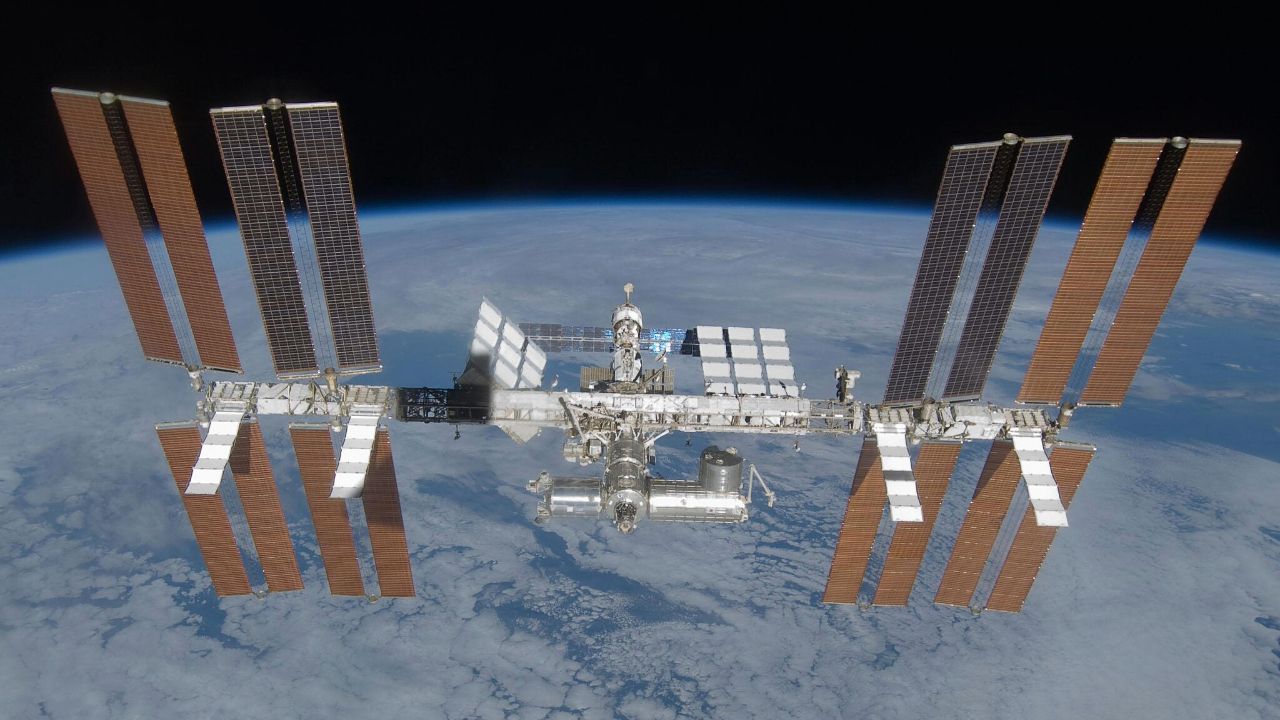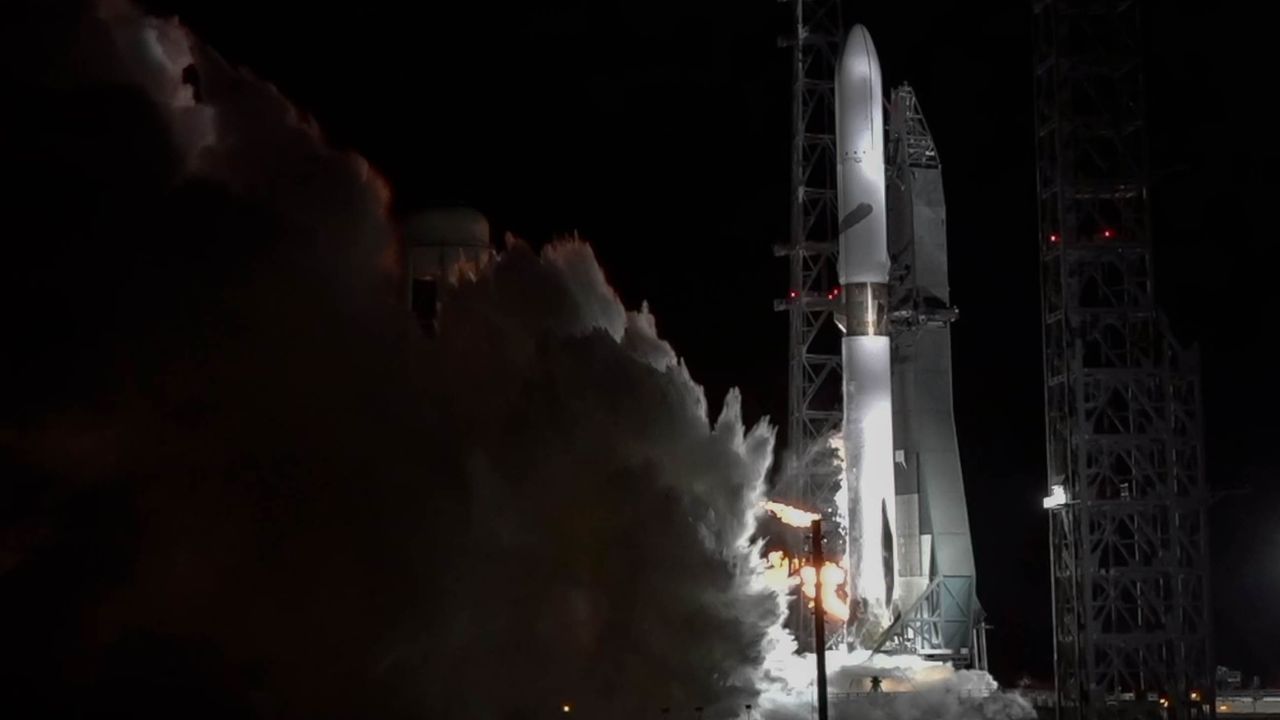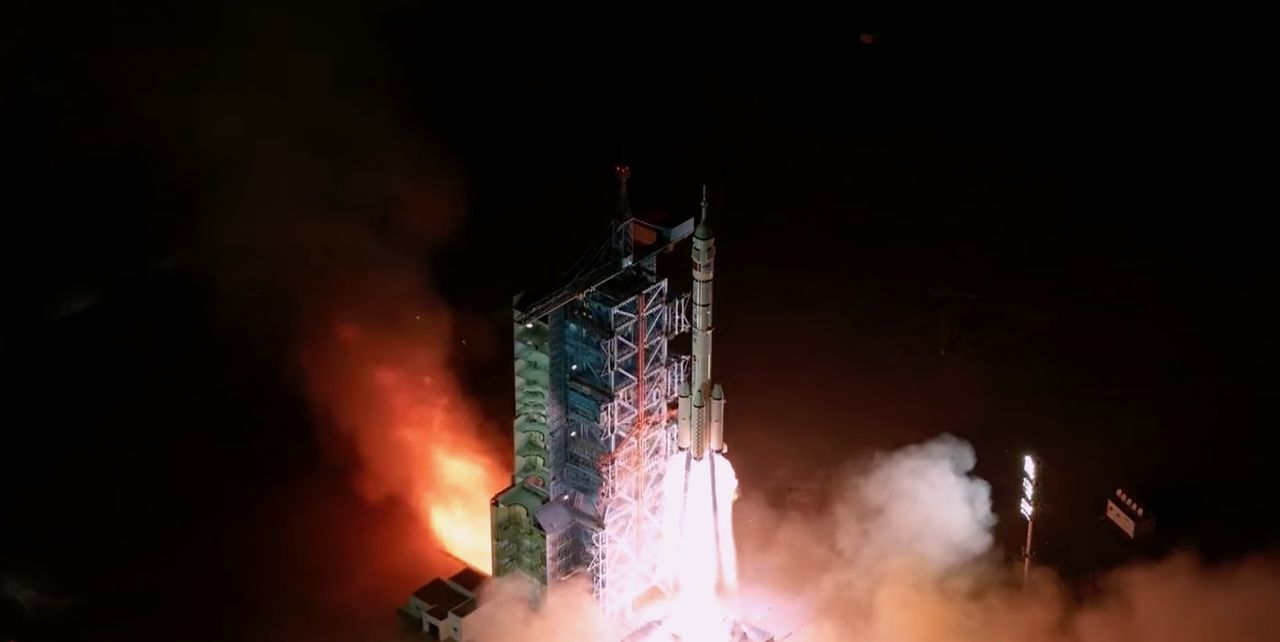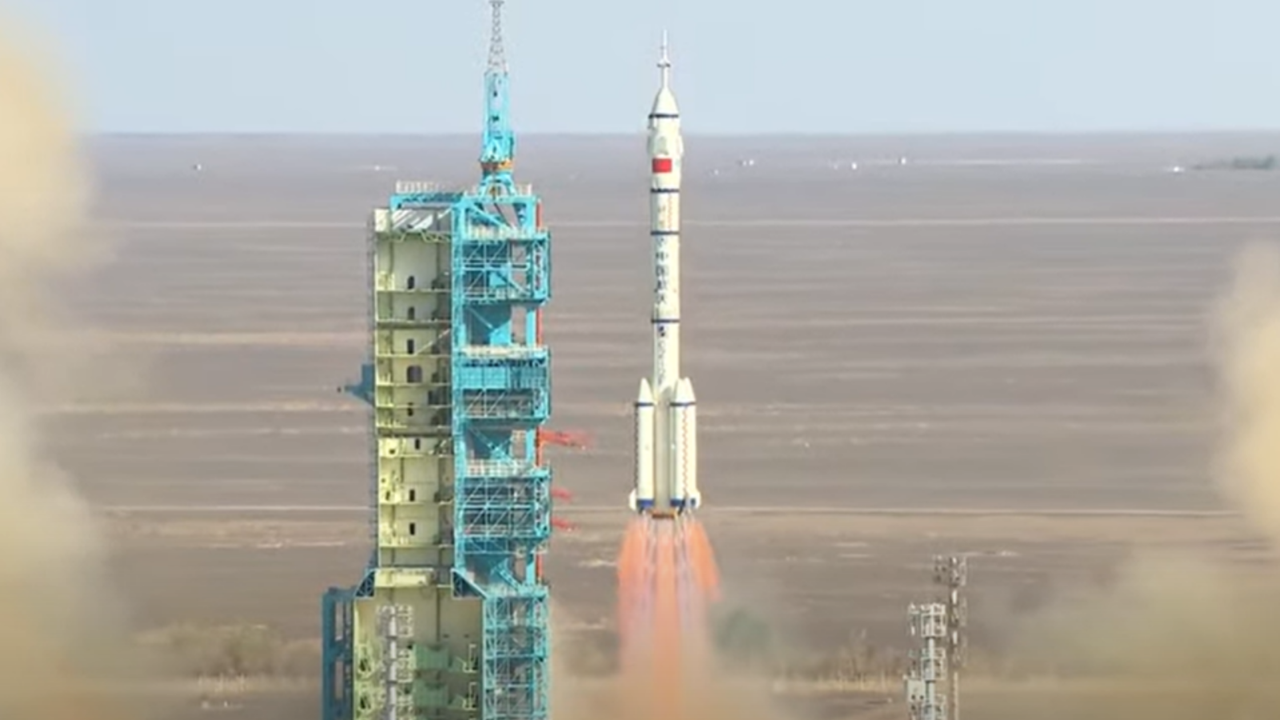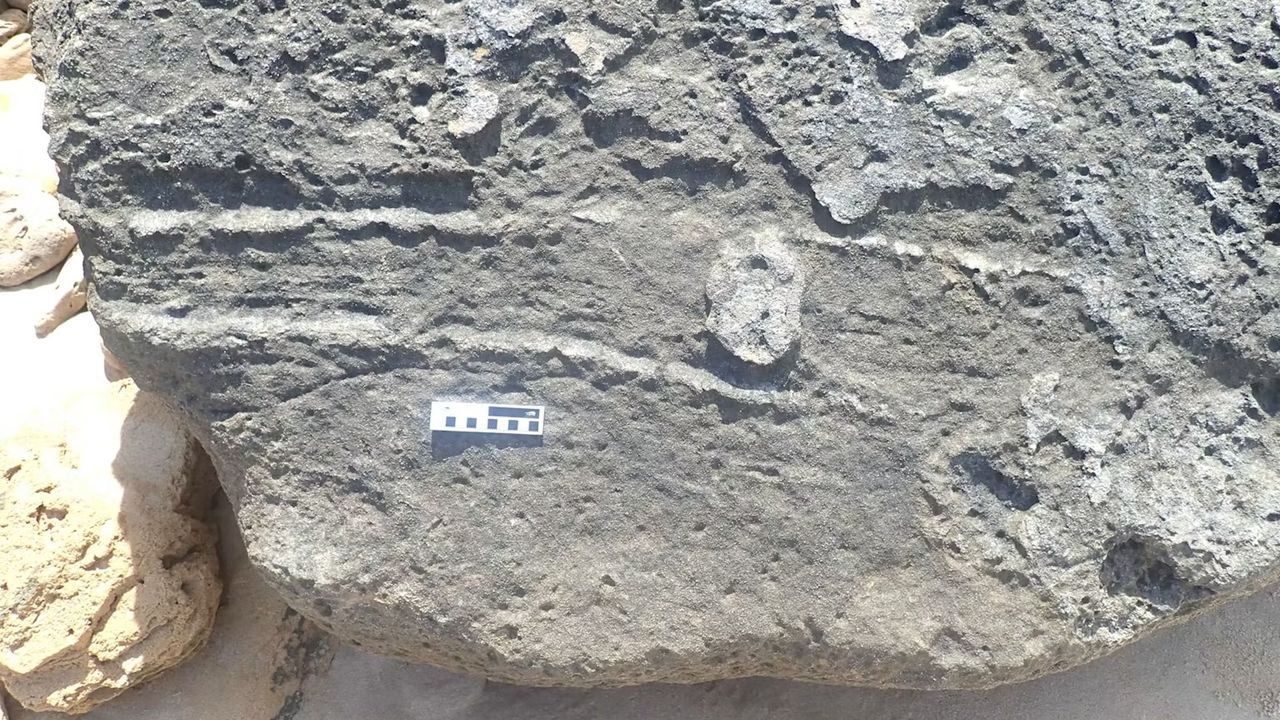What's happening on the International Space Station while the government is shut down?
PositiveScience

Despite the government shutdown, NASA's astronauts aboard the International Space Station continue their vital work. This is significant as it highlights the resilience of scientific endeavors even in challenging political climates, ensuring that important research and experiments in space are not interrupted.
— Curated by the World Pulse Now AI Editorial System
